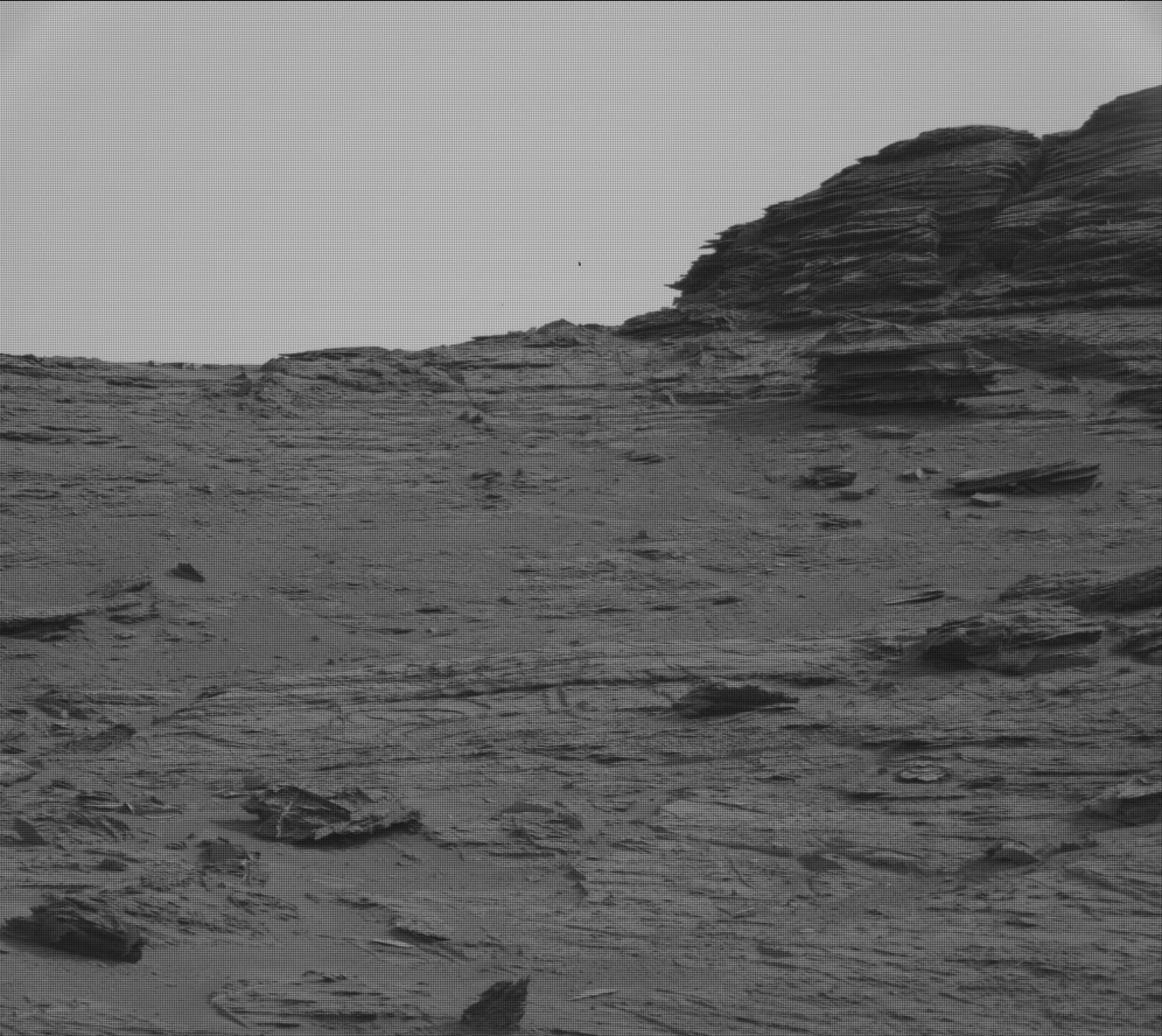2 min read

Coming into planning on Friday, we were greeted with a beautiful vista, with well preserved layering and amazing outcrops, and a reminder of just how stunning the planet Mars is. Mastcam takes a 360 degree image on a regular basis, and our last one was fairly recently, on sol 3474, but given the stunning views from here, it was suggested that we take another here if we could fit it in.
As APXS planner today, I had hoped we would find something to DRT and remove some dust in this workspace, but I was not very optimistic, as the bedrock is rough, with larger “gnarly” looking nodules or lumps of material, and smaller exposures of nodular free, laminated bedrock. However, the RPS found us a smooth spot just large enough to brush on the laminated material, so APXS will analyze the brushed surface at “Bamboo Creek” and the unbrushed surface at “Maple Creek.”
Pairing targets like this is very beneficial to APXS, allowing us to compare adjacent compositions and to determine if compositional trends are “real” or if dust buildup is obscuring some of the more subtle trends. ChemCam will also use LIBS to look at the chemistry of Bamboo Creek, and Mastcam will use multispectral imaging to look at the brushed spot.
GEO is also investigating the nodular-rich bedrock. MAHLI is taking a suite of images on one of the largest features “Apoteri,” whilst ChemCam and Mastcam take aim at “El Gato.” ChemCam will use the long distance imaging (RMI) to look at some possible Prow-like material in the distance.
Mastcam has a very full list of activities, looking at more possible Prow-like lens material (at “Sierra Maigualida”) in the distance, and characterizing sedimentary structures near the rover (at “Ampa,”) in addition to imaging of Mirador butte and the cliffs to the east of Mirador. There is also a special Mastcam multispectral sunset image, timed to document the brightness of the sky when the sun is at a low angle. But despite this heavy load, the views were just too good to pass up, so Mastcam will get that 360 image here too – keep your eyes peeled for that image!
Written by Catherine O'Connell-Cooper, Planetary Geologist at University of New Brunswick







